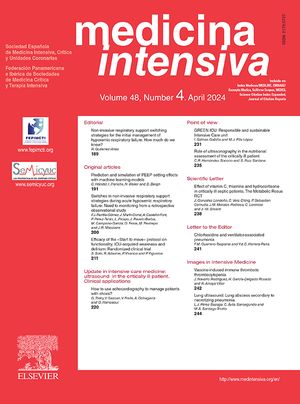Echocardiography enables the intensivist to assess the patient with circulatory failure. It allows the clinician to identify rapidly the type and the cause of shock in order to develop an effective management strategy. Important characteristics in the setting of shock are that it is non-invasive and can be rapidly applied. Early and repeated echocardiography is a valuable tool for the management of shock in the intensive care unit. Competency in basic critical care echocardiography is now regarded as a mandatory part of critical care training with clear guidelines available. The majority of pathologies found in shocked patients are readily identified using basic level 2D and M-mode echocardiography.
The four core types of shock (cardiogenic, hypovolemic, obstructive, and septic) can readily be identified by echocardiography. Echocardiography can differentiate the different pathologies that may be the cause of each type of shock. More importantly, as a result of more complex and elderly patients, the shock may be multifactorial, such as a combination of cardiogenic and septic shock, which emphasises on the added value of transthoracic echocardiography (TTE) in such population of patients.
In this review we aimed to provide to clinicians a bedside strategy of the use of TTE parameters to manage patients with shock. In the first part of this overview, we detailed the different TTE parameters and how to use them to identify the type of shock. And in the second part, we focused on the use of these parameters to evaluate the effect of treatments, in different types of shock.
La ecocardiografía permite al intensivista valorar al paciente con fallo circulatorio agudo. Esta técnica ayuda a identificar, rápidamente y de una manera no invasiva, el tipo y la causa del shock para instaurar una estrategia terapéutica. La realización de exámenes ecocardiográficos precoces y repetidos es una valiosa herramienta para el manejo del shock en la unidad de cuidados intensivos. La mayoría de patologías responsables del shock pueden ser identificadas con un nivel básico de ecocardiografía en 2D y modo M. En la actualidad, las competencias en ecocardiografía básica se consideran mandatorias en la formación de los profesionales de Medicina Intensiva.
Los cuatro tipos básicos de shock (cardiogénico, hipovolémico, obstructivo y séptico) pueden ser adecuadamente identificados con la ecocardiografía. Además, la ecografía puede diferenciar las diferentes patologías que pueden ser la causa de cada uno de los tipos de shock. Es importante señalar que, dada la complejidad y la edad avanzada de muchos pacientes críticos, el shock puede ser multifactorial (p.ej.: combinación de shock séptico y cardiogénico), lo que enfatiza el valor añadido de la ecocardiografía transtorácica (ETT) en esta población de pacientes.
En esta revisión, queremos proporcionar a los clínicos una estrategia, a pie de cama, del uso de los parámetros obtenidos con la ETT para manejo de los pacientes en shock. En la primera parte de este artículo, se detallan los diferentes parámetros ecocardiográficos y cómo pueden utilizarse para identificar los tipos de shock. En la segunda parte, se expone el uso de estos parámetros para evaluar el efecto de los tratamientos en los diferentes tipos de shock.
Article
Go to the members area of the website of the SEMICYUC (www.semicyuc.org )and click the link to the magazine.









